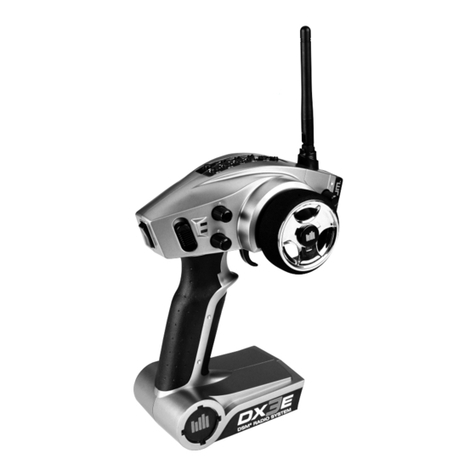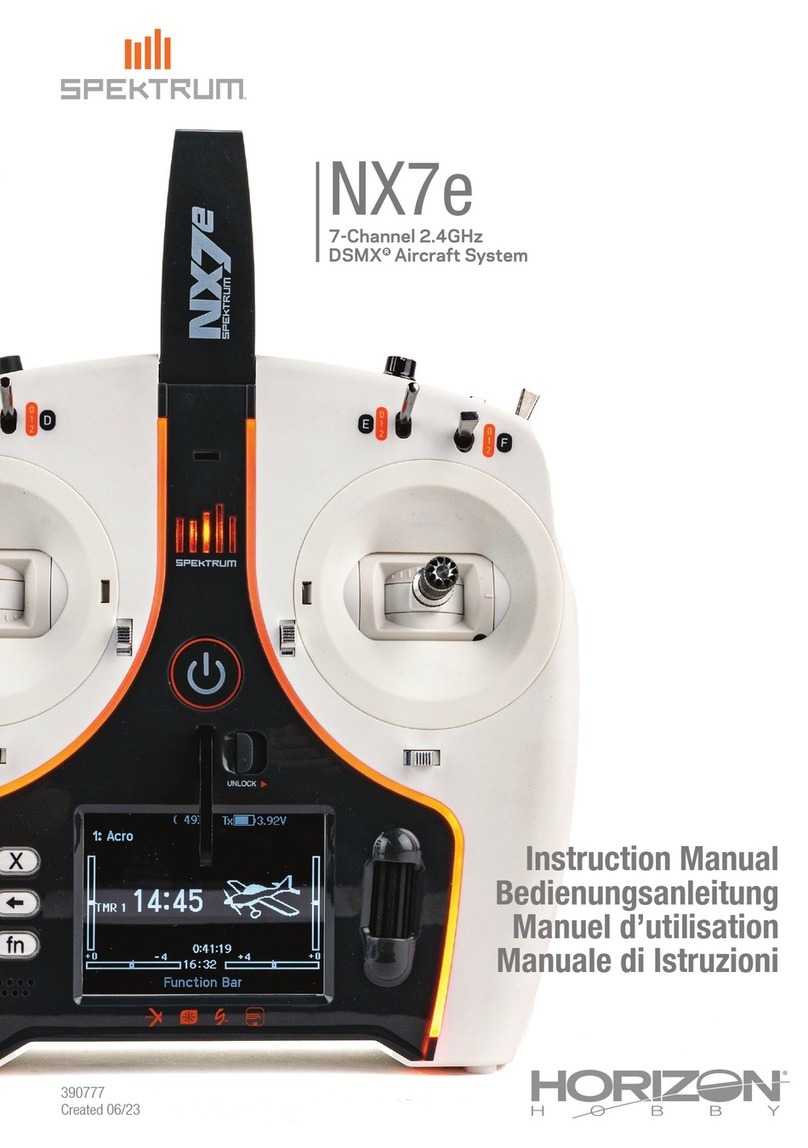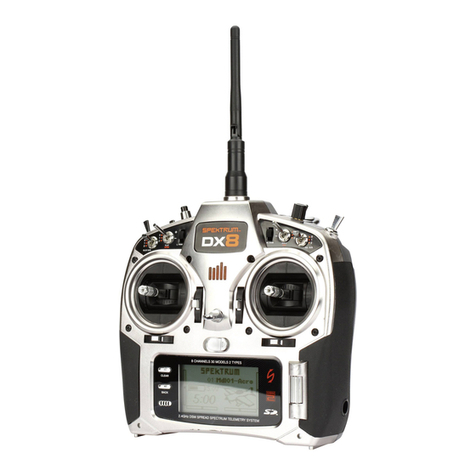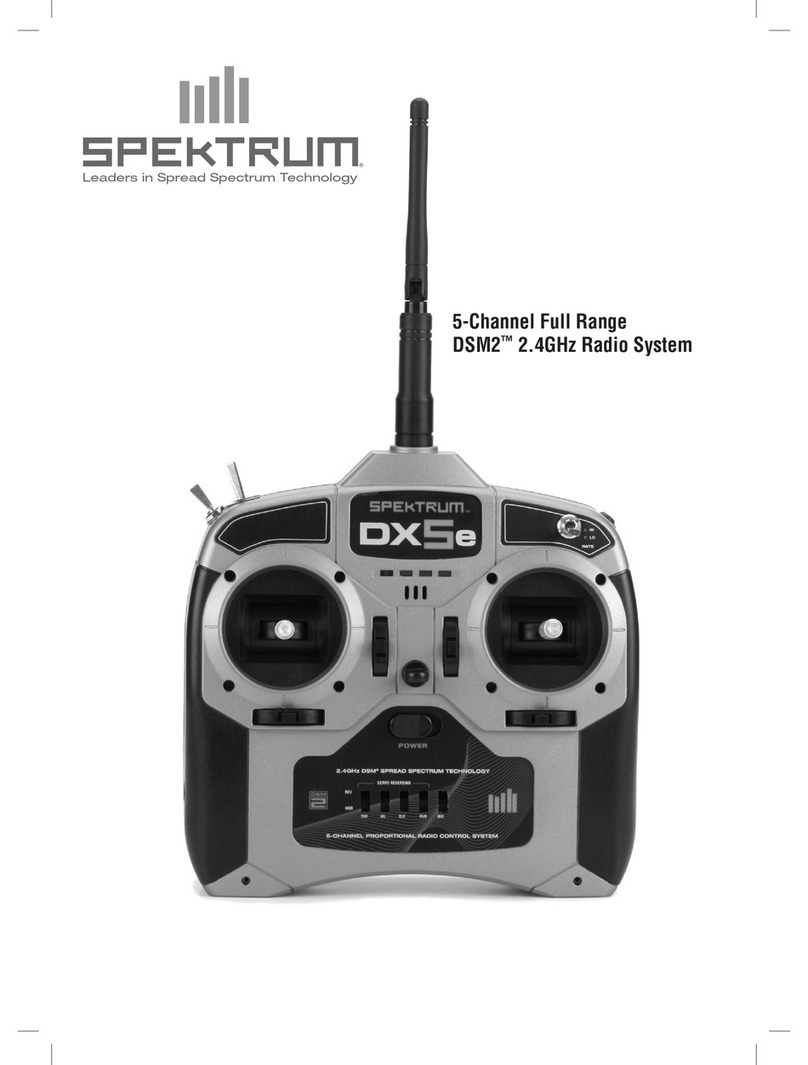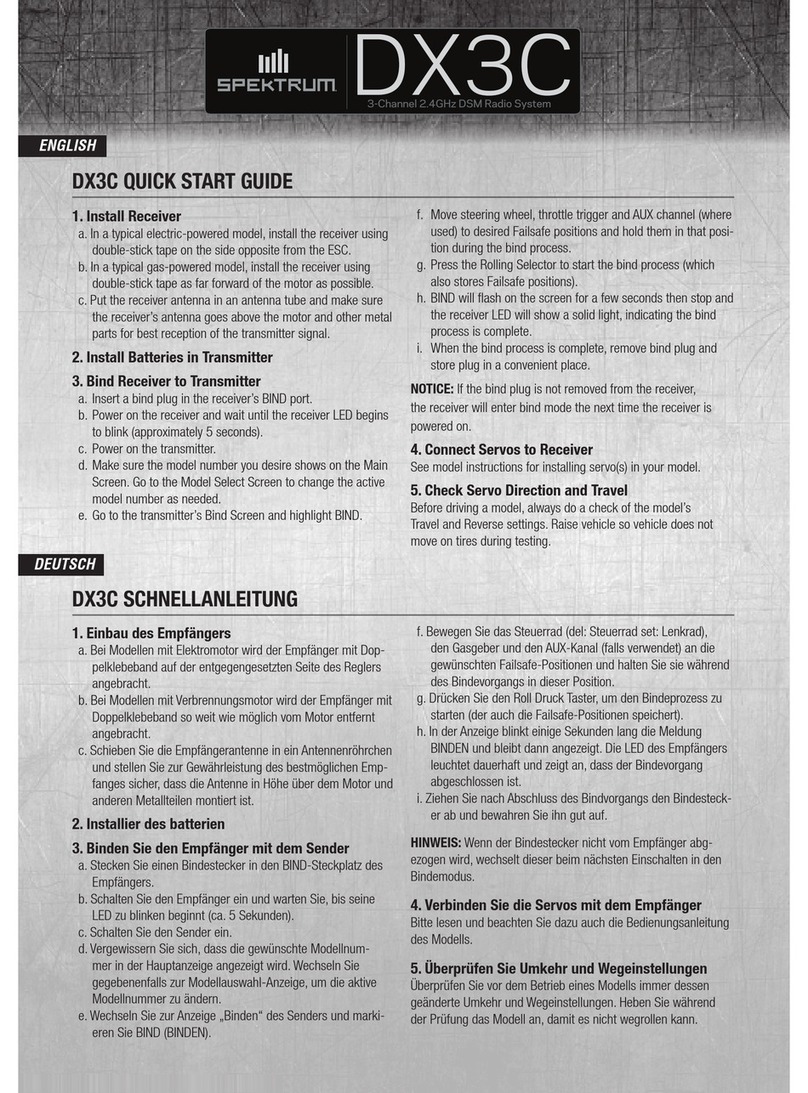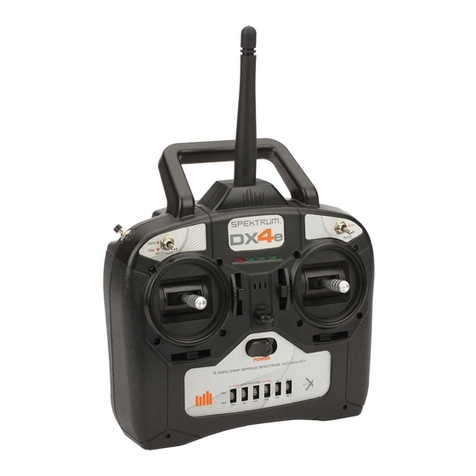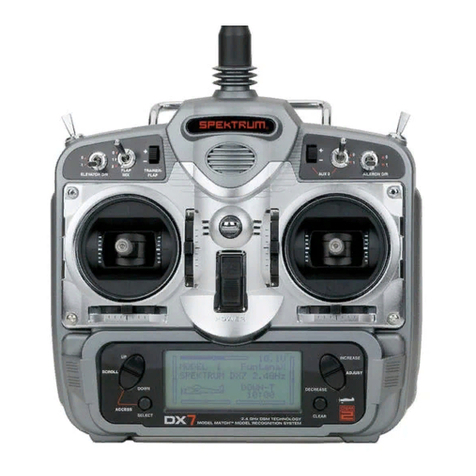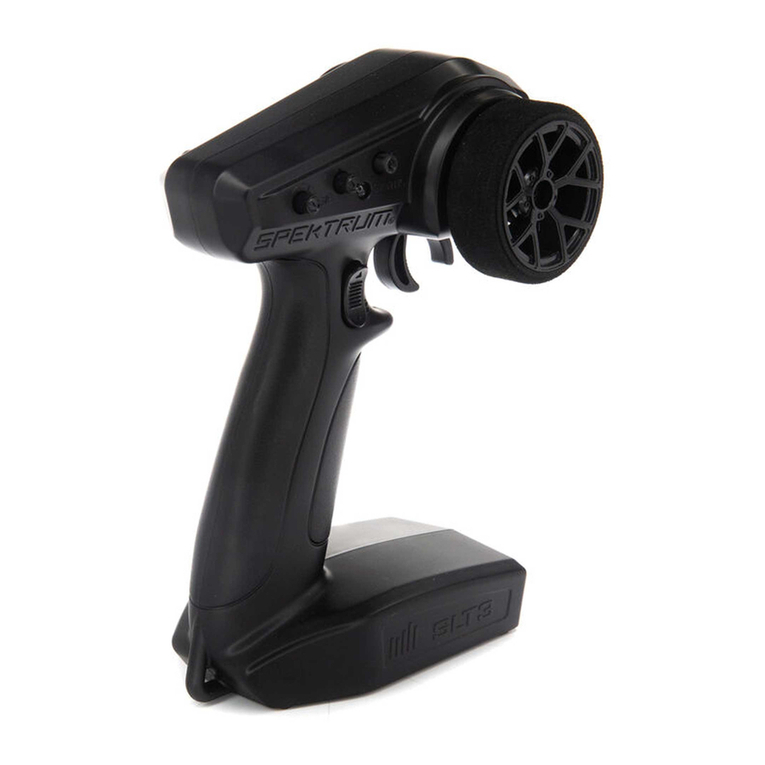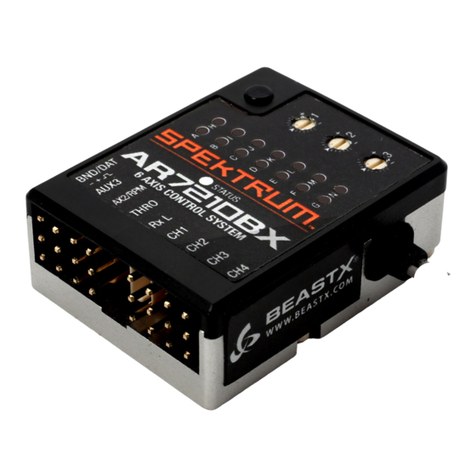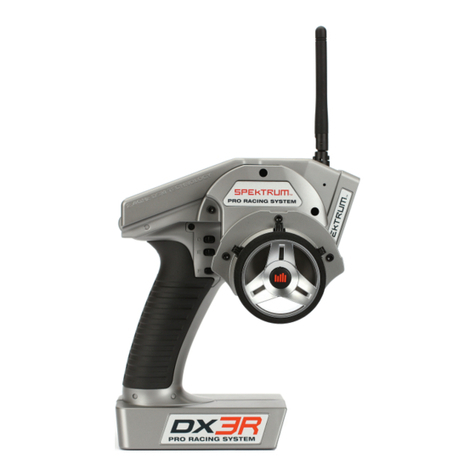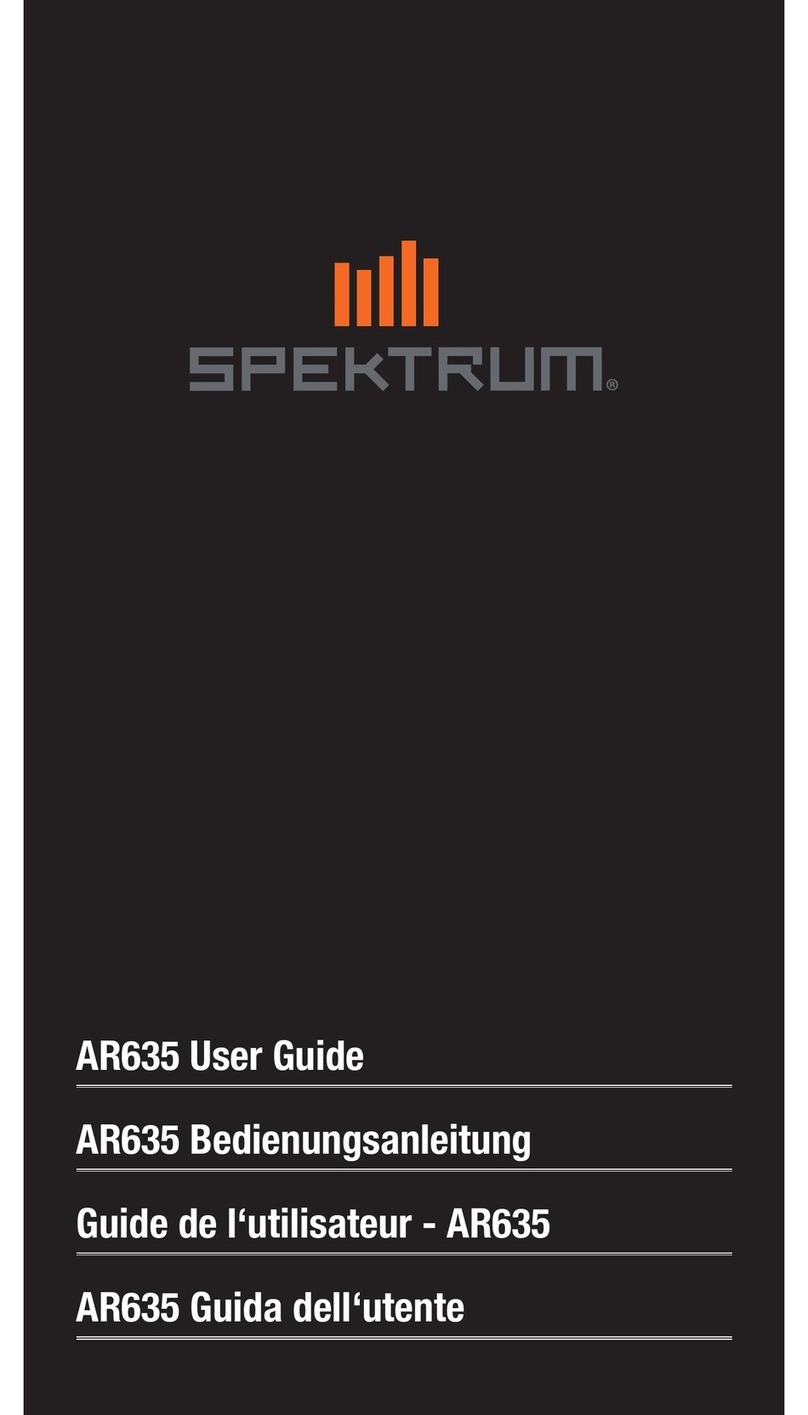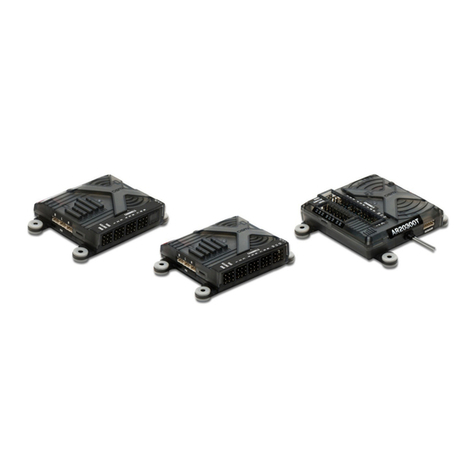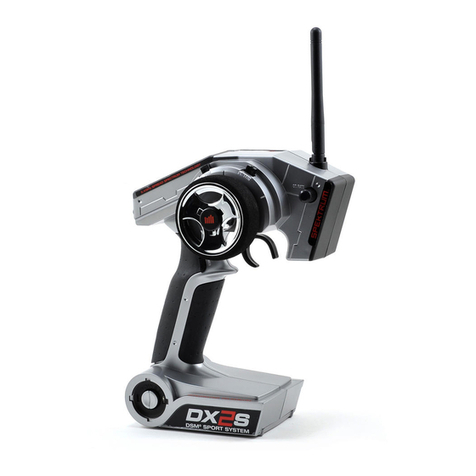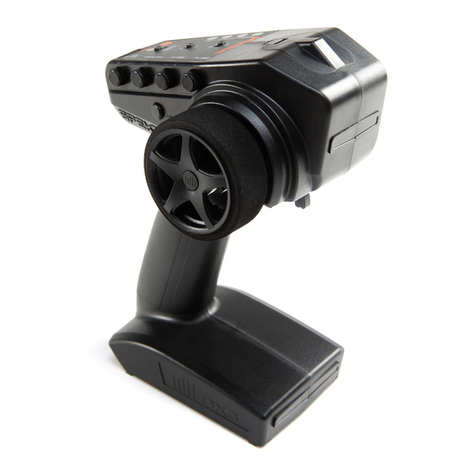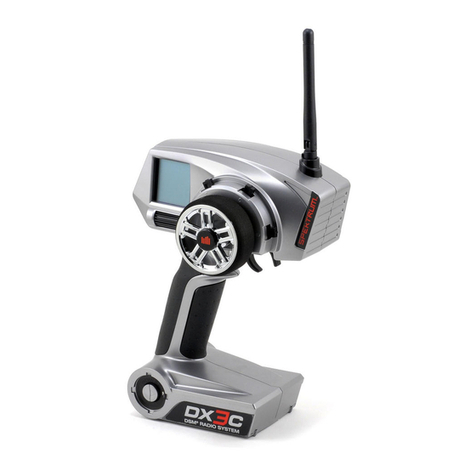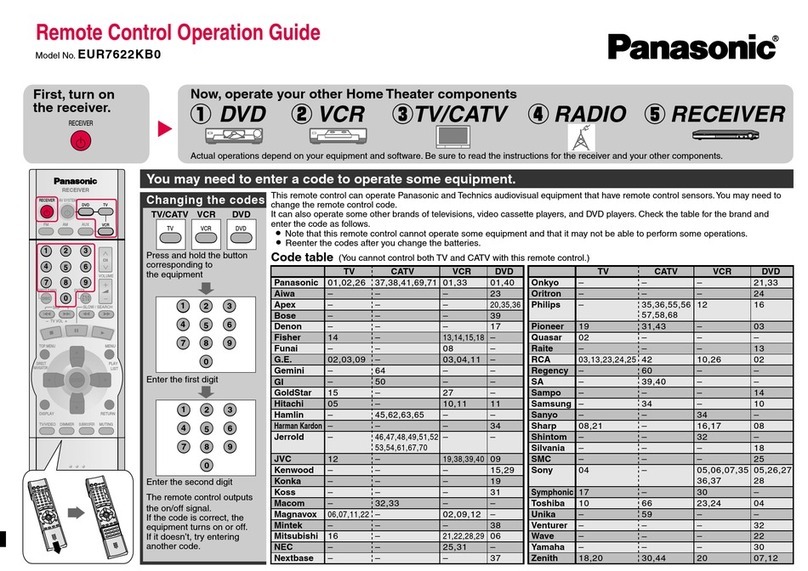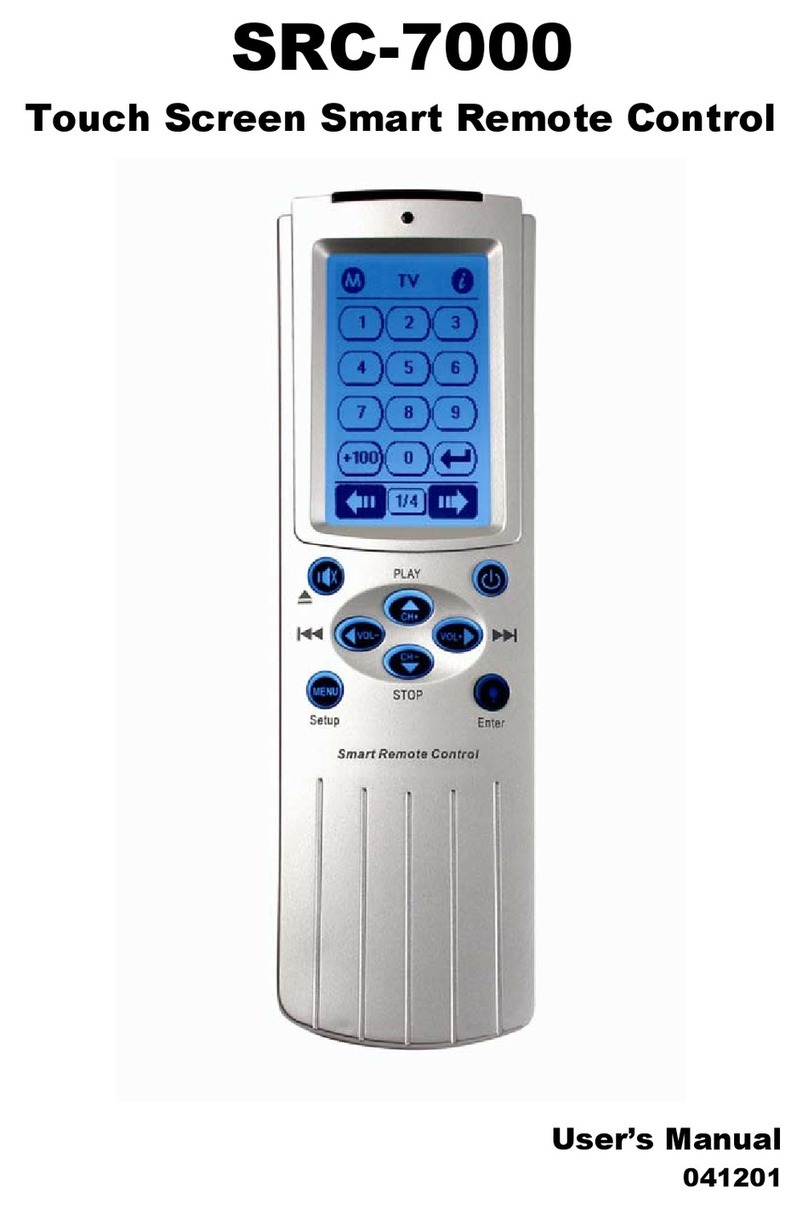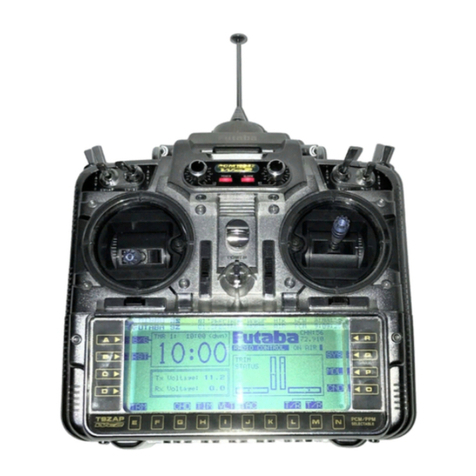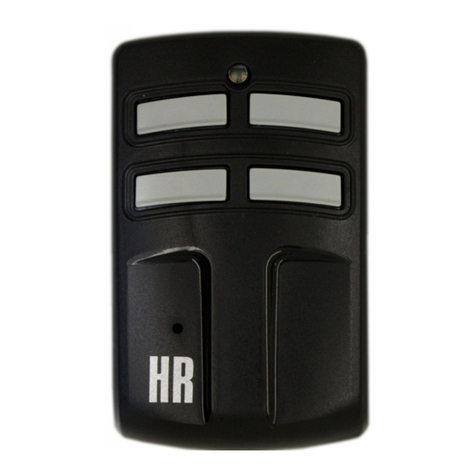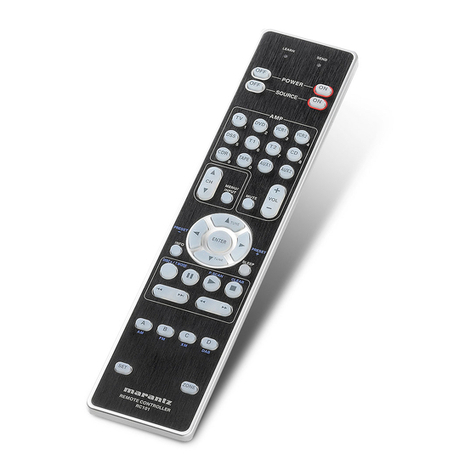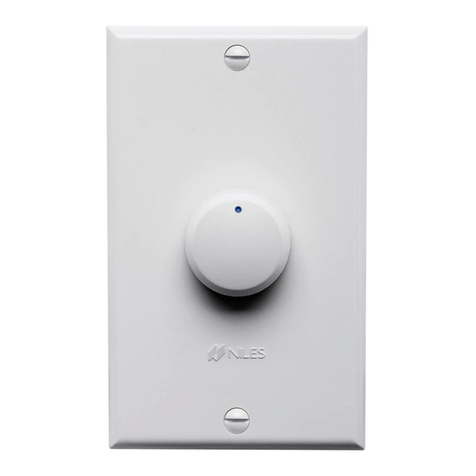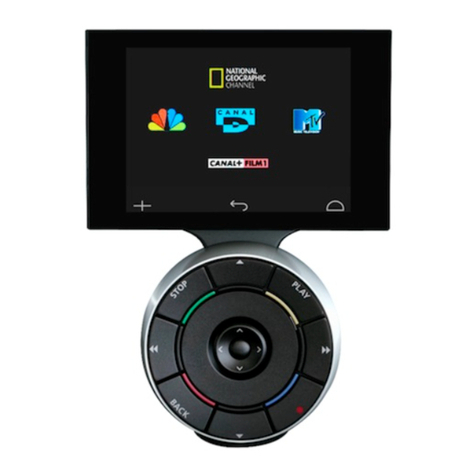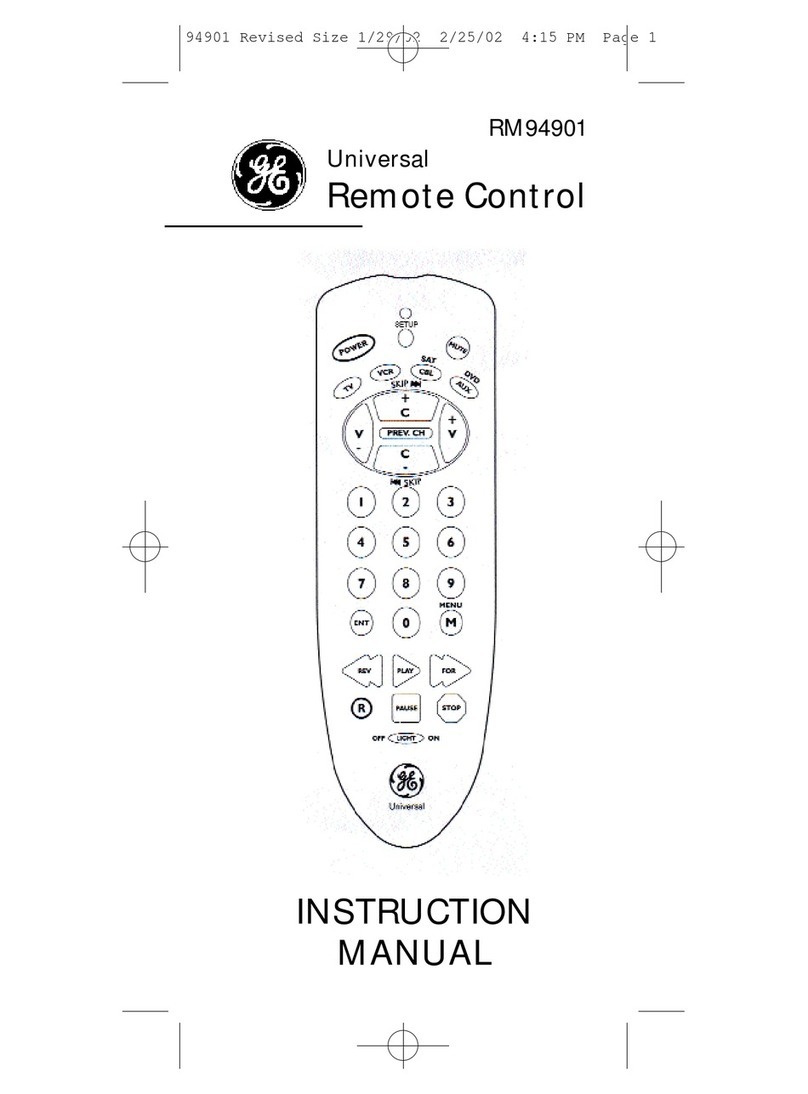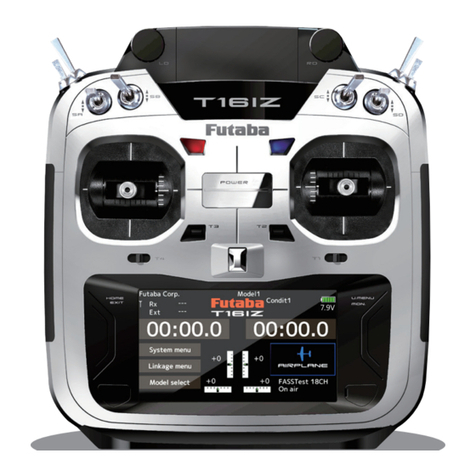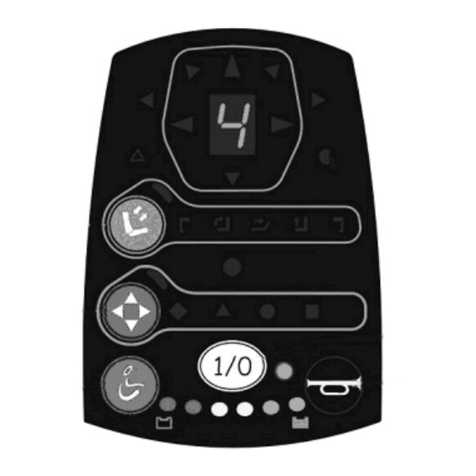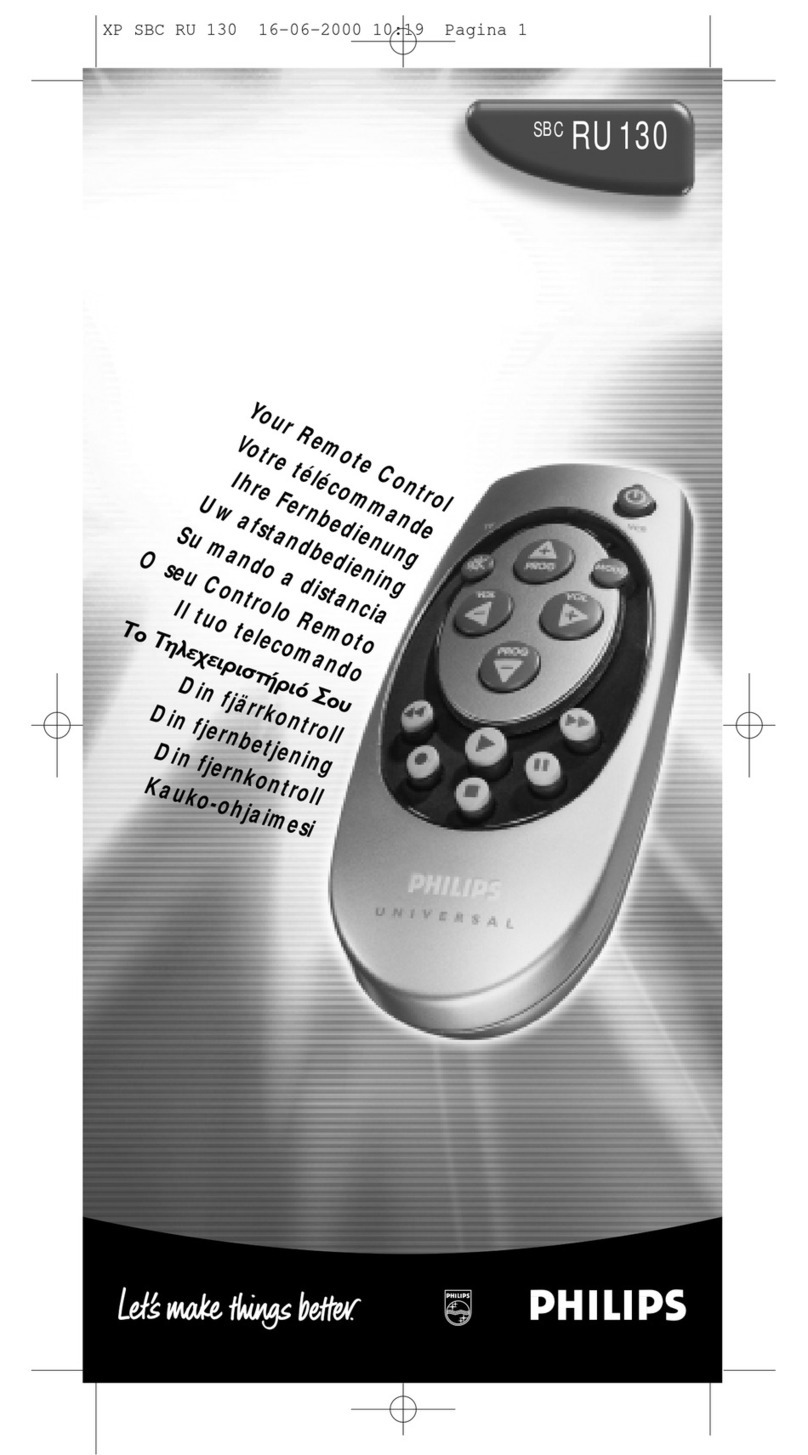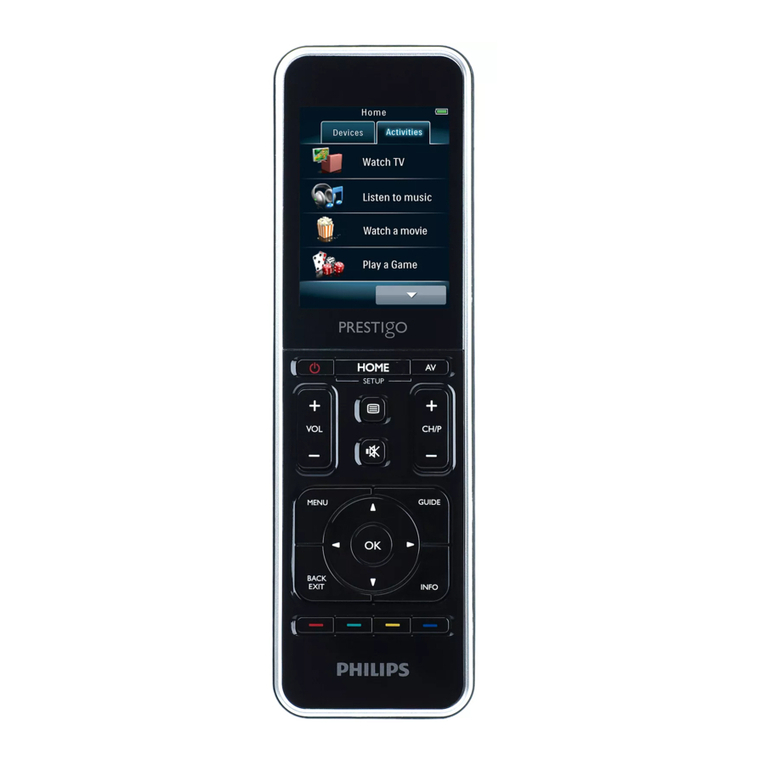EN
2
The following terms are used throughout the product literature to indicate
various levels of potential harm when operating this product:
NOTICE: Procedures, which if not properly followed, create a possibility
of physical property damage AND a little or no possibility of injury.
CAUTION: Procedures, which if not properly followed, create the prob-
ability of physical property damage AND a possibility of serious injury.
WARNING: Procedures, which if not properly followed, create the prob-
ability of property damage, collateral damage, and serious injury OR
create a high probability of superficial injury.
NOTICE
All instructions, warranties and other collateral documents are subject
to change at the sole discretion of Horizon Hobby, Inc. For up-to-date
product literature, visit horizonhobby.com and click on the support tab
for this product.
Meaning of Special Language
WARNING: Read the ENTIRE instruction manual to become familiar
with the features of the product before operating. Failure to operate
the product correctly can result in damage to the product, personal prop-
erty and cause serious injury.
This is a sophisticated hobby product. It must be operated with caution
and common sense and requires some basic mechanical ability. Failure to
operate this Product in a safe and responsible manner could result in injury
or damage to the product or other property. This product is not intended
for use by children without direct adult supervision. Do not attempt disas-
sembly, use with incompatible components or augment product in any way
without the approval of Horizon Hobby, Inc. This manual contains instruc-
tions for safety, operation and maintenance. It is essential to read and
follow all the instructions and warnings in the manual, prior to assembly,
setup or use, in order to operate correctly and avoid damage or
serious injury.
WARNING AGAINST COUNTERFEIT PRODUCTS
Always purchase from a Horizon Hobby, Inc. authorized dealer
to ensure authentic high-quality Spektrum product. Horizon Hobby,
Inc. disclaims all support and warranty with regards, but not limited to,
compatibility and performance of counterfeit products or products claiming
compatibility with DSM or Spektrum technology.
Age Recommendation: Not for children under 14 years.
This is not a toy.
NOTICE: This product is only intended for use with unmanned, hobby-
grade, remote-controlled vehicles and aircraft. Horizon Hobby disclaims
all liability outside of the intended purpose and will not provide warranty
service related there to.
WARRANTY REGISTRATION
Visit www.spektrumrc.com/registration today to register your product.
